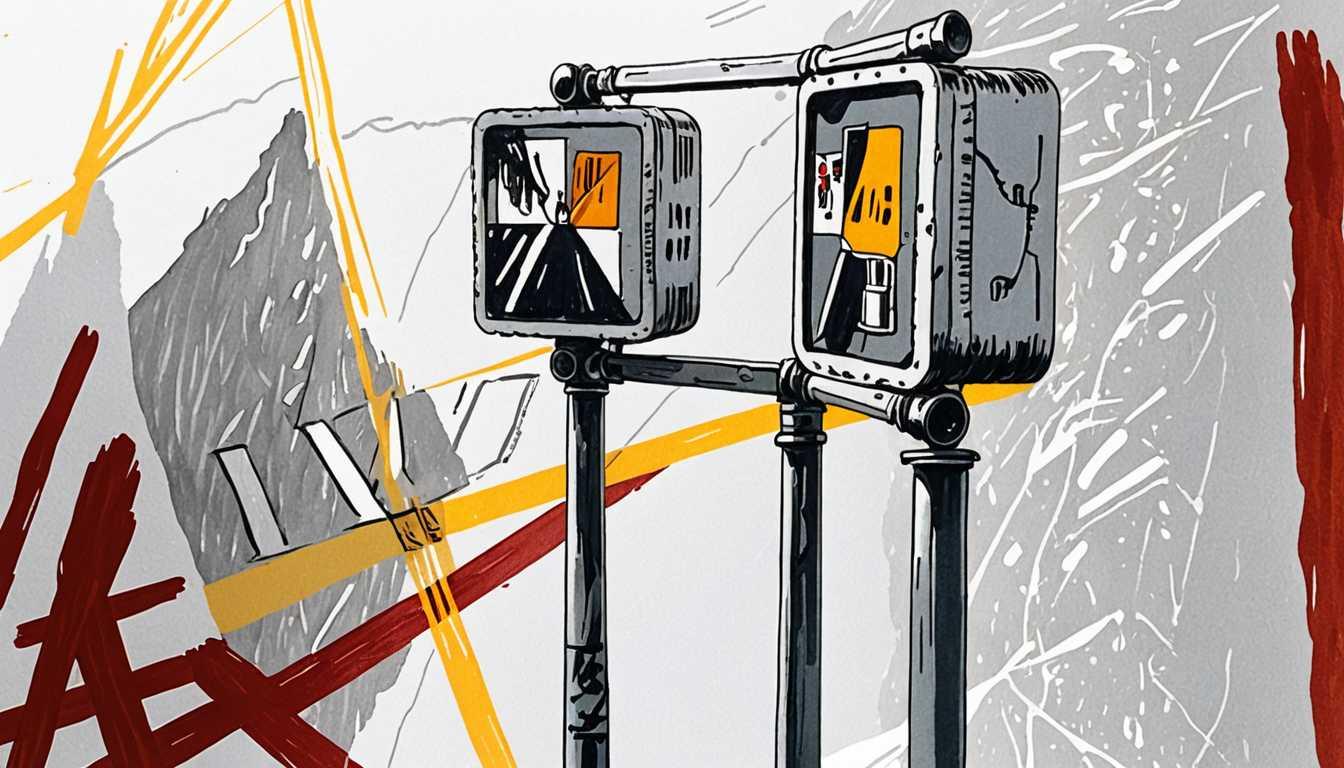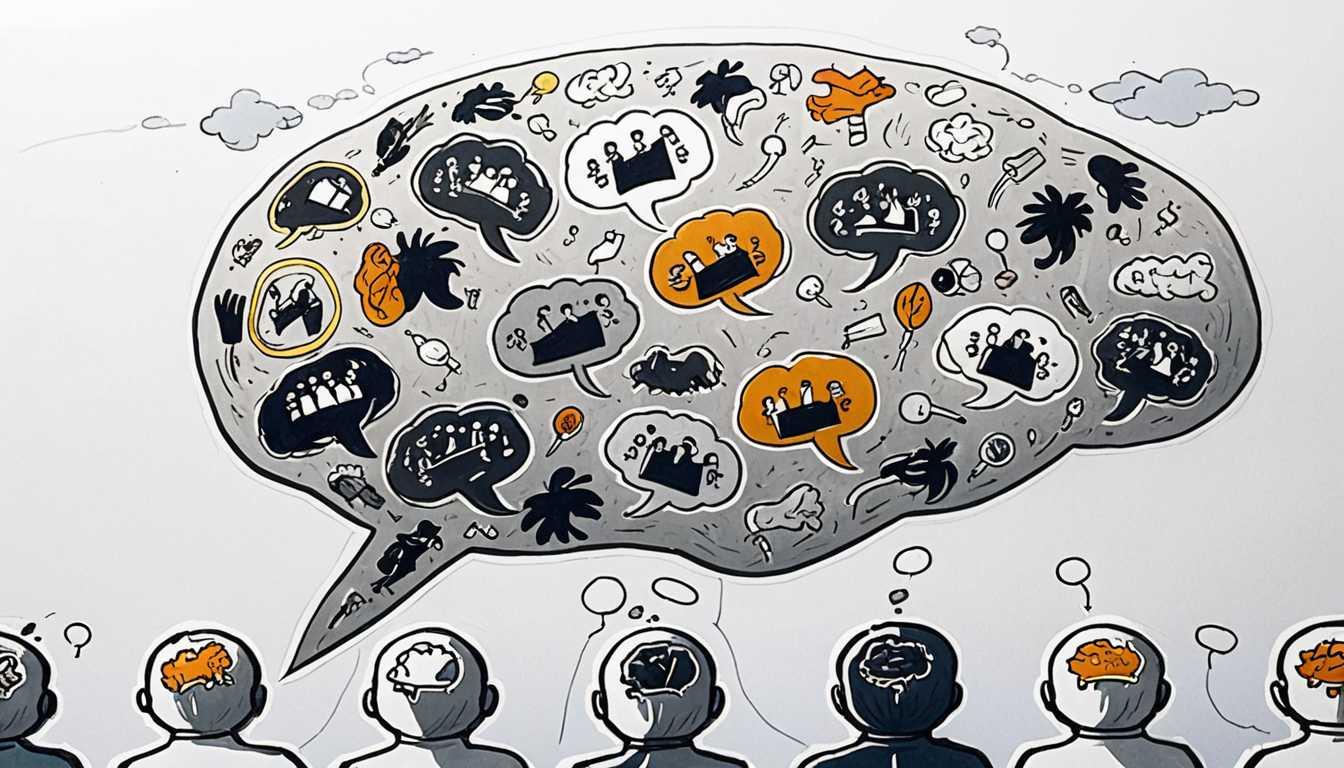AI vs. Linguistic Diversity: A Battle?
February 2023
The Conversation
Introduction
Dive into the digital dilemma where ChatGPT, the AI sensation, might be streamlining our words into a monotonous melody, threatening the rich tapestry of language diversity. This eye-opening piece from The Conversation reveals how AI's default settings could be sidelining linguistic uniqueness in favor of the so-called "standard" English, potentially amplifying inequality. Ready to explore how technology could be shaping our linguistic future - and not necessarily for the better? Let's unravel the AI enigma together!
READ FULL ARTICLEWhy It Matters
Discover how this topic shapes your world and future
Celebrating the Symphony of Voices
Imagine living in a world where every song sounds the same, every painting shares the same colors, and every story tells the same tale. Boring, right? Now, think about the languages and the ways we write. They're like songs, colors, and stories - diverse and beautiful. But what if technology like ChatGPT started making everything sound the same? This matters because language and writing are more than just ways to communicate; they're expressions of our culture, identity, and history. When AI technologies prioritize one way of writing over others, it's like telling us that only one song is worth listening to. This not only dulls the rich tapestry of human expression but also reinforces unfair power dynamics. For you, this topic is a doorway to understanding how technology can shape society and why it's crucial to protect our diverse voices in the digital age.
Speak like a Scholar
Algorithmic bias
When AI systems, like ChatGPT, unintentionally develop biases based on the data they're fed, leading to unfair outcomes.
Linguistic diversity
The range of languages spoken and written by different communities, each with unique grammar, vocabulary, and expressions.
Homogenize
To make things uniform or similar. In this context, making all writing sound the same.
Large language models (LLMs)
AI systems designed to understand and generate human language by analyzing vast amounts of text data.
Cultural erasure
The process by which the culture of a minority group is absorbed or overshadowed by a dominant culture, leading to loss of traditions, languages, and identities.
Rhetorical possibilities
The various ways language can be used to communicate effectively, persuade, and express oneself creatively.
Independent Research Ideas
Exploring the impact of AI on non-dominant languages
Investigate how AI technologies like ChatGPT affect languages that are less commonly used online. What does this mean for the future of these languages?
Algorithmic bias and cultural representation
Examine cases where algorithmic bias has led to cultural erasure or misrepresentation. How can AI be designed to be more inclusive?
The role of AI in preserving endangered languages
Research how AI and technology can be tools for preserving languages at risk of disappearing. What are some success stories?
Language, power, and AI
Analyze how the dominance of certain languages in AI technologies reflects and reinforces power dynamics in society. How does this affect minority language speakers?
Creative writing with AI in diverse languages
Experiment with using AI to generate creative writing in various languages and dialects. How does the AI perform, and what does this reveal about its capabilities and biases?
Related Articles

Dyslexia: Lost in Translation?
March 2023
BBC

QWERTY: The Keyboard That Changed Everything
June 2024
MIT Technology Review

Beyond Captchas: Proving Humanity
October 2023
MIT Technology Review

AI: Changing Minds, Not Just Words
May 2023
Cornell University

Logic: The AI Bias Buster
March 2023
Massachusetts Institute of Technology (MIT)